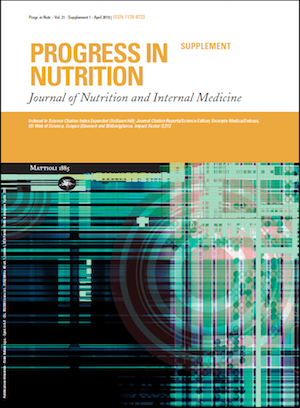Determination of nitrate concentration in consumed vegetables and estimation of that’s dietary intake in Shabestar and Khameneh City, northwest of Iran: Azar Cohort study
Main Article Content
Keywords
Stomach cancer, Nitrate, Vegetable, Iran
Abstract
Nitrate is one of the risk factors of stomach cancer due to the formation of carcinogenic chemicals known as N-nitroso compounds. Vegetables are natural sources of dietary nitrate. In this study, nitrate concentration in consumed vegetables and that’s intake in two cities in northwest of Iran were assessed. About 72 leafy and root vegetables were purchased from local supermarkets or wholesale in cities of Shabestar and Khamneh and analyzed using Cataldo method. The highest concentration among leafy vegetables was determined in Coriander (814.31±52 mg NO3-kg-1) and between root vegetables in Garlic (4739±89 mg NO3-kg-1). The results showed that nitrate intake viavegetables in Khamneh and in Shabestar 164.14 and 149.27 mgday-1 per person, respectively, and the difference between concentration of nitrate in vegetables was not significant (p = 0.72) Conclusion: The results of this study showed that the daily intake of nitrate is higher than recommended by the World Health Organization. Therefore, the need to plan for reducing the amount of food nitrate (more monitoring on the use of chemical fertilizers and agricultural water abstraction) seems necessary.






